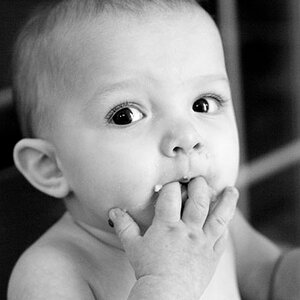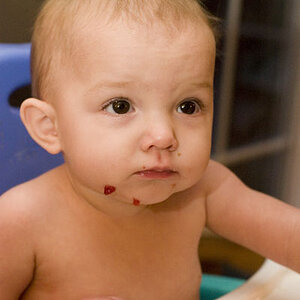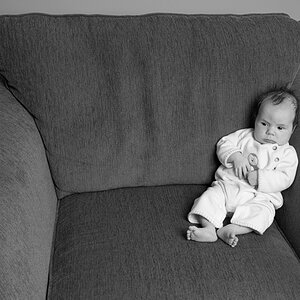Timofey Gorlov
TPF Noob!
- Joined
- Jan 21, 2015
- Messages
- 11
- Reaction score
- 0
- Can others edit my Photos
- Photos OK to edit
Hello, I have a problem with my camera autofocusing.
I take two pictures with my Canon camera. The first one (16:25) is taken with a camera and the second one (16:38) is taken with the camera through the acrylic glass 1/8" thickness located right at the lens (like filter). The second image is slightly off-focus whatever I tried to do. Can somebody explain me why? The glass is clear and not scratched. I know that camera may focus on the glass if the glass is located on some distance from the camera but this is not the case. I don't ask how to fix it (I just need to focus it manually to infinity) but I ask why it happens in autofocusing mode. I appreciate any ideas.
I take two pictures with my Canon camera. The first one (16:25) is taken with a camera and the second one (16:38) is taken with the camera through the acrylic glass 1/8" thickness located right at the lens (like filter). The second image is slightly off-focus whatever I tried to do. Can somebody explain me why? The glass is clear and not scratched. I know that camera may focus on the glass if the glass is located on some distance from the camera but this is not the case. I don't ask how to fix it (I just need to focus it manually to infinity) but I ask why it happens in autofocusing mode. I appreciate any ideas.


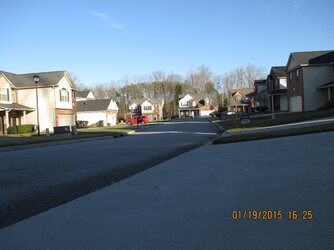
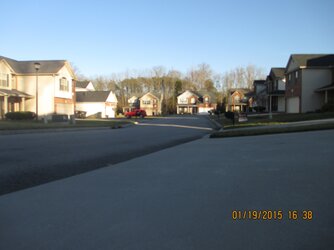

![[No title]](/data/xfmg/thumbnail/34/34079-552f58c1ec0f8485f9c24a5b1db49654.jpg?1619736268)


